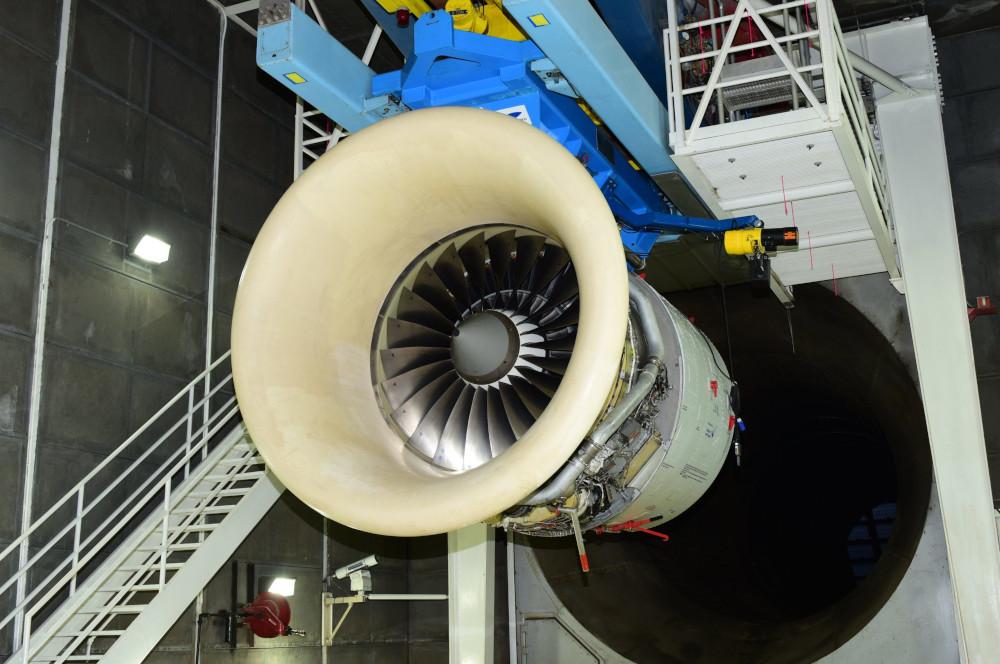
The RB211-535 engine part-out market is currently strong due to a lack of feedstock and demand for engines, according to IBA.
The aviation aftermarket is feeling the pressure after a slump in MRO spend and increasing demand, but also, part values are yet to recover in certain areas according to new analysis by aviation advisory company, IBA.
Around 85% of aftermarket material is from part-outs, which makes it an extremally significant sector and is directly affected by the global fleet. As IBA identifies, certain part-out markets are very hot currently due to a lack of feedstock and demand for engines – the RB211-535 engines on the Boeing 747s for instance.
Currently, there is not enough feedstock to support the RB211 market in terms of used serviceable material (USM) or even spare engines. “There is quite a premium at the moment for these parts because the demand is high, but if large fleets are parted out it can cause too much surplus on the market and the values will soften because they're just not going to be able to shift it,” says Jamie Davey, manager – commercial engines at IBA.
Davey argues that in parallel, if there is no supply to match demand, it creates a problematic scenario especially when it comes to premiums for these parts. “If there is not enough supply, then it’s a longer wait for these parts, which in turn obviously increases the turnaround time for an engine shop visit.”
The industry is seeing increased demand for MRO services at the moment and the pressure is expected heighten especially if MROs are still seeing signs of engine hospital shop visits clogging up the system, in addition to regularly scheduled maintenance activity. Ongoing hospital shop visits will likely reduce slot availability and impact turnaround times.
“There are some fleets that are still witnessing relatively distressed transactions or even just softer values,” Davey comments. IBA indicates several examples of distressed transactions in the parts market with even highly liquid assets like 737NG integrated drive generators not fully recovered.
“We see the fair market value for a serviceable item still not back to pre-Covid levels in some cases but it purely depends on the condition of that part.”
Raw materials are increasingly hard to come by and the supply chains are very strained, so Davey reckons there will be pressure on the current fleet to keep operating whilst waiting for new aircraft deliveries.
Indications are that the industry is seeing both positives and negatives. Passenger demand is coming back and more engines are coming online increasing the need for more short maintenance events. IBA anticipates that narrowbodies will lead the charge for shop visits in the next coupe of years.
With more engines getting back to service, IBA predicts bottlenecks for MRO services. Shop visits that were previously deferred have created a backlog of demand ahead and an inflationary environment that will put pressure on engine ownership economics.
There are plenty of engines going through shop visits but the number of full overhaul shop visits are still well below pre-COVID-19 estimates. IBA data shows around 4,000 shop visits this year compared to roughly 6,000 pre-pandemic. However, this is not an indication that shops are empty as several engines are still going through for smaller minor repairs.
The capacity for engine shops is a challenge and this might also have a knock-on effect on other sectors like the teardown market, especially for MROs with part out capabilities.
